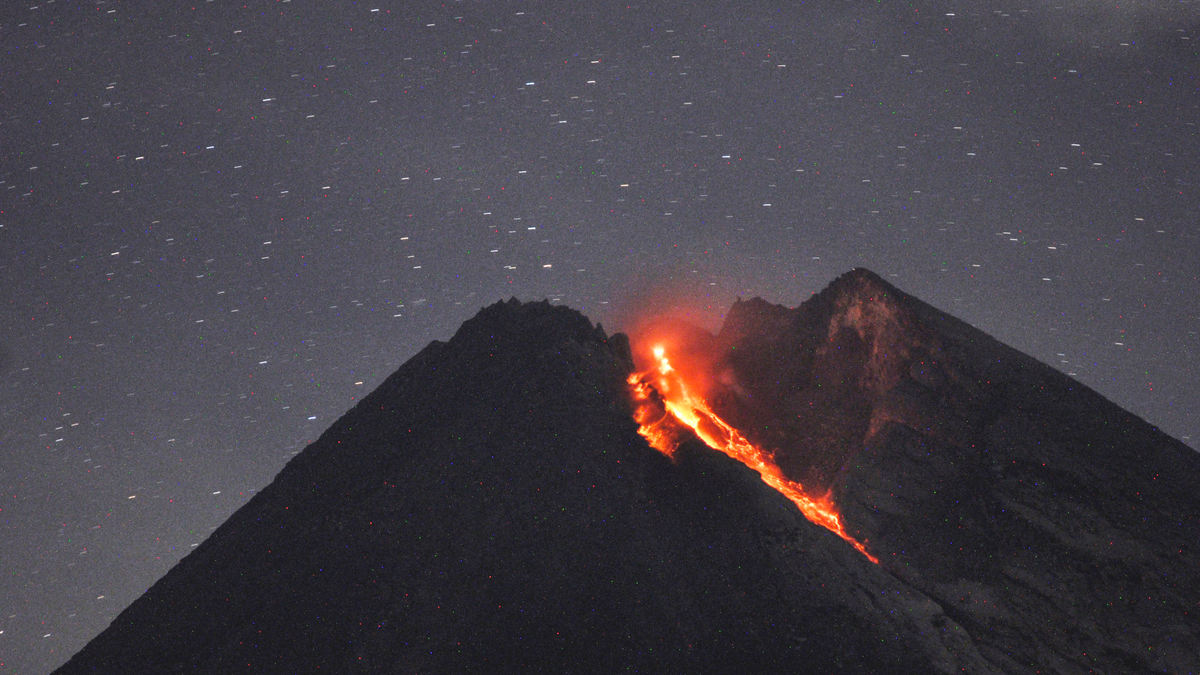
File photo: In this Tuesday, Jan, 29, 2019, photo. Mount Merapi spews volcanic material as it erupts as seen from Cangkringan, Yogyakarta, Indonesia. (AP Photo/Slamet Riyadi)
If you think you've had a bad year, spare a thought for the poor souls who lived through 536 AD – as well as the millions who didn't.
The terrifying year remains one of the deadliest in humanity's history and saw the planet swept by devastating famine and disease.
Described by one historian as "the worst year to be alive," 536 marked a period in which Earth was plunged into permanent darkness.
The unrelenting shadow was cast by a mysterious fog over Europe, the Middle East, and parts of Asia.
It blocked out the Sun, day and night, for 18 months, causing snowfall in China, continental-scale crop failure, extreme drought, famine and disease throughout most of the northern hemisphere.
The apocalyptic scene wasn't lost on writers of the time, who jotted down terrifying accounts of life in the shadows.
Byzantine historian Procopius wrote: "For the Sun gave forth its light without brightness, like the moon, during the whole year."
In Ireland, where the fog triggered a deadly famine that gripped the nation for three years, 536-539 A.D. was branded "the failure of bread".
The fog in question was an unrelenting dust cloud coughed from a volcano in Iceland following a huge eruption.
Incessant volcanic activity produced millions of tonnes of ash which spread over vast swathes of the world.
A lack of sunlight meant crops stopped growing, leading to famine and a collapse of the global economy.
We don't know how many died during the disaster and the years of turmoil that followed, but it's possible it stretched into the tens of millions.
The devastation triggered by the fog may have given rise to the moniker "The Dark Ages".Harvard professor Michael McCormick reckons 536AD is a prime candidate for the unfortunate accolade of the worst year in history.
Last year, he told Science Magazine the world isn't thought to have recovered until 640 A.D. – more than 100 years later.
Professor McCormick said: "It was the beginning of one of the worst periods to be alive, if not the worst year."
This story originally appeared in The Sun.




















